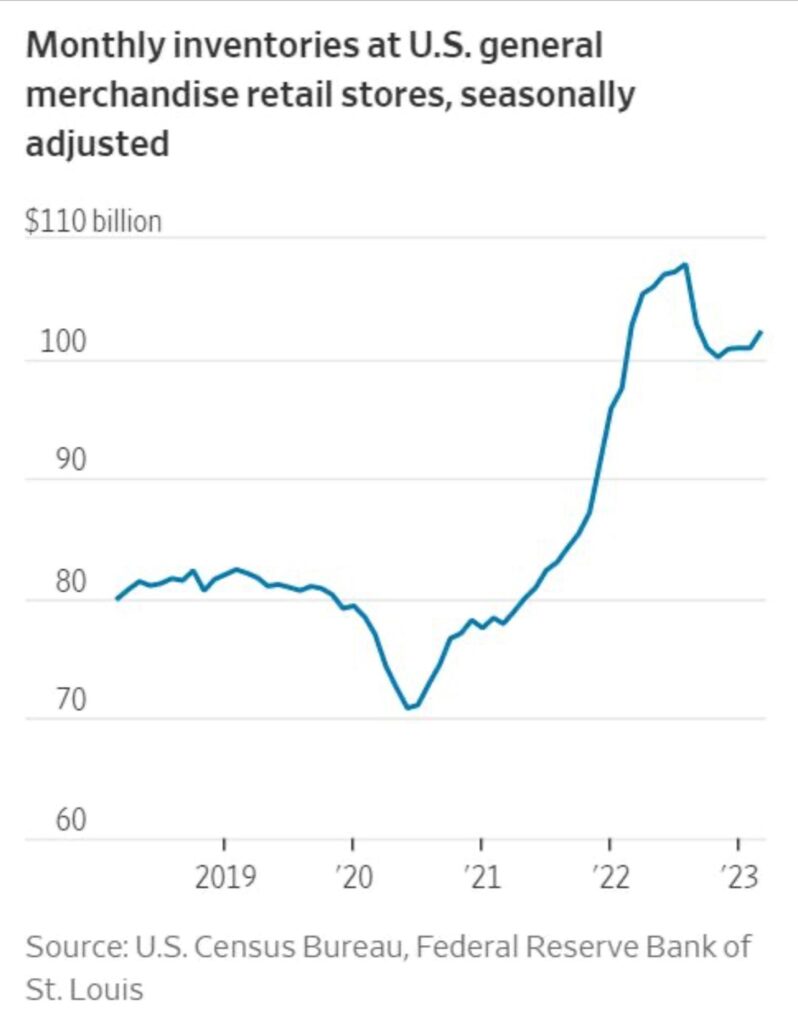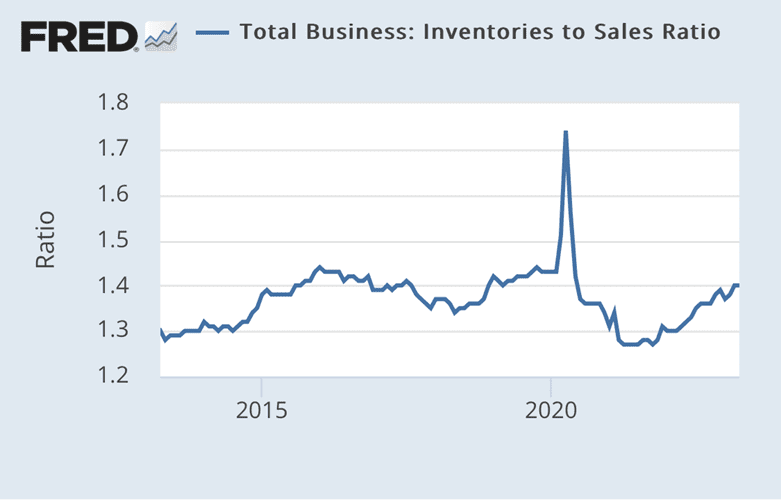Demand planning and forecasting has always been tricky. But now, with evolving consumer demands, a new generation of competitors, and global macroeconomic pressures, it’s even more difficult. With disruptive events like the pandemic, shifts in consumer demand, behavior, and preferences, and inaccurate data are plaguing our ability to forecast demand, sales, and inventory requirements.
According to Harvard Business Review, 98% of business leaders say their organization has faced one or more detrimental effects, from material shortages to missed revenue opportunities to decreased customer satisfaction and profitability, due to bad forecasting. We will examine how inventory demand forecasting has changed and what we need to do in the future to improve our processes.
To examine where things fall apart, let’s review current planning processes.
The Demand and Supply Planning Process
Demand planning forecasts customer demand for a product or service over a period. Supply planning involves determining how much inventory is required to meet the forecasted demand during that same period. Demand planning typically looks at long-term projections for product lines, while supply planning looks at shorter horizons, usually weeks or months.
Here are the five major components of the Demand Planning Process:
Data Collection – gather sales data and market trends, including seasonality
Forecast Development – create forecasts based on collected data, macro trends, and margin of error.
Demand Review – integrate data, opinions, and biases from cross-functional teams to ensure the forecasts are not myopic.
Reconciliation – sanity check the forecast to make sure it reflects common sense
Performance Monitoring – reconcile the forecast versus actual performance, perform a variance analysis, and recalibrate the forecast accordingly. Return to the Demand Review stage to make sure the revised forecasts reflect all of the constituents’ input. Revise Key Performance Indicators (KPIs) as needed.
Now let’s look at the five keys to maximize the impact of the Demand Planning Process:
- Accurate data management
- Optimize the models from pure mathematical, statistical, and seasonal perspectives.
- Cross-functional collaboration
- Frequent review and recalibration
- Clearly defined KPIs in place ahead of time
And then there are the four major components of the Supply Planning Process:
- Define goals and objectives for the upcoming period from both top-down and bottom-up perspectives.
- Evaluate inventory levels to help identify potential risks of being overstocked or understocked in the future.
- Integrate Demand Planning projections.
- Understand capacity constraints, including physical space, labor, and production limitations.
Now that we’ve identified the task and the steps needed to achieve it let’s look at real-time data. What’s happening today as retailers try to fix their forecasts?
As we can see from these charts, although total inventories are well above pre-pandemic levels, inventory/sales ratios have finally recovered to a reasonable level within the normal historical range. However, higher interest rates have resulted in increased inventory carrying costs. And, while per-load/container freight costs are bumping along the bottom, total logistics costs now represent more than 9% of the US GDP according to the latest State of Logistics report, up 80 basis points year over year.


The result: working capital remains constrained for most retailers in the country, even as inventory levels normalize. Therefore, capital expenditures are limited, and the operational focus remains on choking expenses.
New forecasting technology, analytical tools, and sharing data throughout the supply chain are resources that are available to help merchants address these dilemmas because of the pandemic and the growing DTC (direct-to-consumer) market, which grew 75% last year and is now well more than $200 billion, are forcing retailers to be more agile with inventory management.
The market is calling for the supply chain to be more agile in terms of:
- Speed of merchandising planning
- Flexible sourcing
- Responses to changes in customer preferences
- Adjustments to the changing competitive landscape
As we all know, retailers’ ability to stick to disciplined forecasting methodologies was severely compromised during the pandemic. Retailers pinballed between product shortages and overstuffed inventories in rapidly changing consumer markets. Now, as noted in the charts above, the normalizing environment has companies seeking to manage product flow through true “just in time” techniques throughout their entire distribution network to make sure products can be purchased easily when and where a customer wants.
As an aside, one of the lone bright spots for the digital supply chain was the development of toolkits and aggressive coping mechanisms that can be rapidly deployed during crises. Eastern European supply chain and logistics experts are deploying these strategies very successfully during the war in Ukraine, bringing much-needed supplies and resources.]
Many retailers, brands, and new DTC players are deploying new demand and supply forecasting systems this year. The new order management systems allow customer data collection (and provide insights into spending habits) across the Omnichannel, including DTC / online, traditional brick-and-mortar, and digital shopping experiences that blend the exploration process of physical stores with the convenience of e-commerce.
We each experienced, at a very visceral level, the sudden changes in demand, manufacturing, and shipping disruptions, not to mention dramatic cost fluctuations. These phenomena highlighted the need for forecasting methodology. They thought processes to be jolted out of traditional patterns when projections were built on relatively predictable patterns of seasonality, along with attention to broad economic indicators.
So, what are the tools and methodologies that will best allow us to be more agile going forward?
Speed
Merchandising and S&OP (sales and operations planning) will need to increase the velocity of new product introductions and discontinuations, which will likely result in greater product line turnover (and create a greater sense of urgency related to quickly and successfully monetizing discontinued goods).
Flexible Sourcing
Increased communications with suppliers, providing them with demand forecasts earlier in the process exerting more control over manufacturing lead times.
They are developing redundant sources of supply. As an example, 27% of Mexican companies are seeing an increase in production capacity as US companies invest heavily in near-shoring, according to a Bank of Mexico survey.
Understanding changes in consumer preferences
Use customer data gathered, analyzed, and integrated across the entire breadth of the organization’s Omnichannel. Use low-hurdle loyalty programs and grassroots marketing techniques to:
- build personal relationships
- serve as consumers’ personal shoppers
- continue to build brand equity
Preparing for the inevitable attack on market share
The Omnichannel carries customers away from traditional channels such as brick and mortar and toward DTC marketing techniques. Traditional retailers must leverage their brick-and-mortar footprint to enhance their digital presence, not vice versa. The long-term benefits will be seen in revenue growth and lower customer acquisition costs.
These principles are universal and are being applied in unexpected ways to tap into previously unexplored opportunities. For example, European farmers have begun connecting via a digital platform called CrowdFarming to connect directly with their customers. This connection has helped cut their time to market from as much as three months to three days. This timing is especially critical for farmers; as you can imagine, the perishable waste and seasonality risks are very high. The CrowdFarming platform allows farmers and customers to connect before the goods are ready (i.e., customers exerting more control over the supply chain), and farmers no longer have to wait to see how much revenue their products will generate on the open market. These farmers have been experiencing higher, more predictable income via CrowdFarming. This experience shows that although the digital platform is impressive, the logistics and supply chain modifications serve customers and suppliers more effectively than the traditional retail model. The CrowdFarming effort has also allowed further supply chain optimization. Packaging and labeling processes for these products have improved and become more cost-effective.
The best predictor of our future results is how we prepare today, and updating our mindset and supply chain tactics will ensure success!













